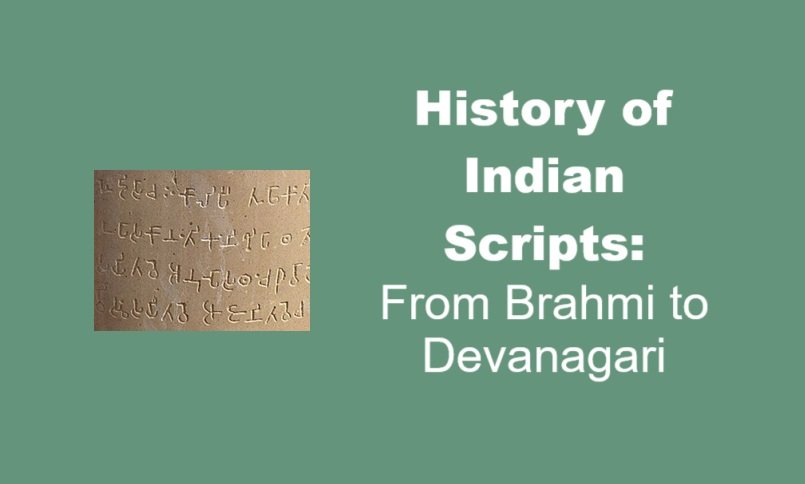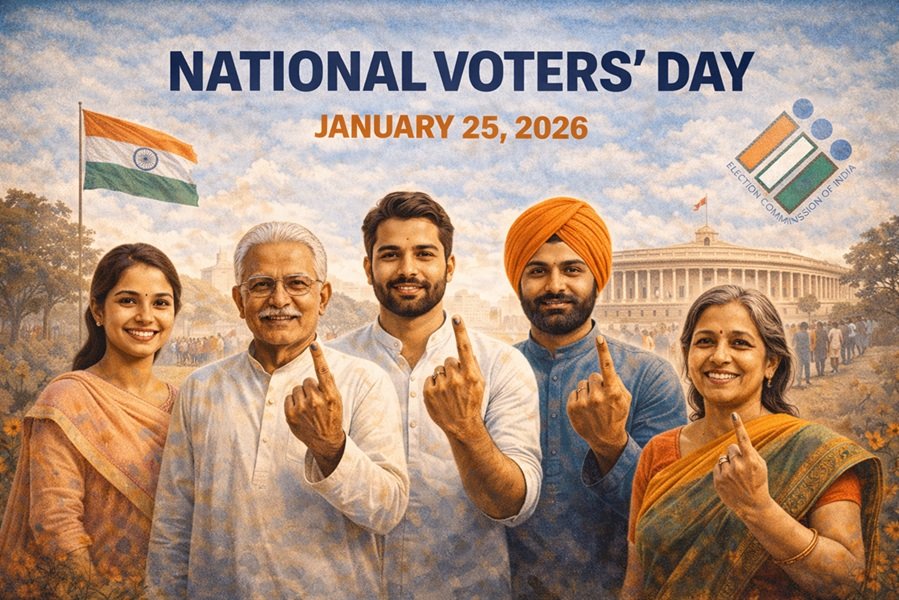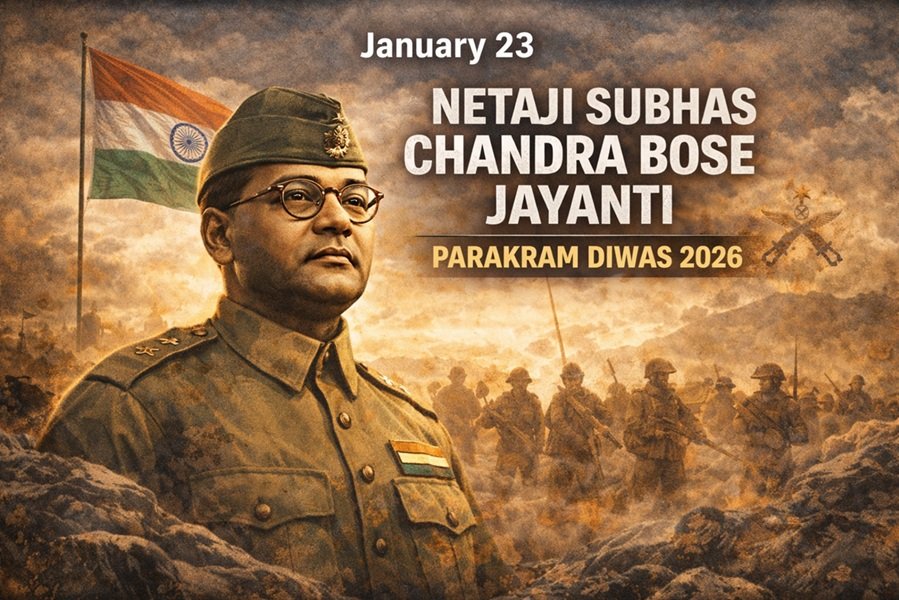
Introduction
India is a land of immense linguistic and scriptural diversity. The journey of its writing systems is a story of over 2,500 years of cultural, religious, and political evolution. From the Brahmi script, India’s oldest known script, to the widely used Devanagari script, Indian scripts have left a significant mark on South Asia and Southeast Asia.
This article traces the chronological development, structural features, and cultural significance of Indian scripts with a focus on how Brahmi laid the foundation for scripts like Devanagari, Tamil, Bengali, and many others.
Read This: Kaithi Script – A Forgotten Legacy of Bihar and UP
The Brahmi Script – India’s Mother Script
🗓️ Origins and Discovery
- Time Period: At least 3rd century BCE (possibly older)
- Discovered in: Ashokan edicts across the Indian subcontinent
- Deciphered by: James Prinsep in 1837
🔠 Features
- Script Type: Abugida (each consonant has an inherent vowel)
- Writing Direction: Left to right
- Medium: Stone inscriptions, copper plates, palm-leaf manuscripts
🛕 Cultural Role
- Used in the Mauryan Empire under Emperor Ashoka
- Associated with early Buddhist and Jain texts
Brahmi is considered the progenitor of most Indian scripts and many Southeast Asian scripts like Thai, Khmer, and Burmese.
Evolution of Brahmi into Regional Scripts
🧭 Northern Branch
Brahmi evolved into:
- Gupta script (4th–6th century CE)
- Nagari script (7th–11th century CE)
- Eventually gave rise to:
- Devanagari (Hindi, Sanskrit, Marathi, Nepali)
- Bengali-Assamese
- Odia
- Sharada (Kashmir)
- Tibetan script
🌄 Southern Branch
Southern Brahmi evolved into:
- Tamil-Brahmi (used for early Tamil inscriptions)
- Grantha (used for Sanskrit in South India)
- Modern South Indian scripts:
- Tamil
- Telugu
- Kannada
- Malayalam
🌏 Southeast Asian Influence
Brahmi’s southern form influenced:
- Kawi (Java)
- Baybayin (Philippines)
- Thai, Khmer, Burmese, Lao
Gupta Script – The Classical Link
- Time Period: 4th–6th century CE
- Emerged during the Gupta Empire, a classical period of Indian art and science
- Known for more cursive and rounded shapes
- Intermediate script between Brahmi and modern Nagari
Emergence of Nagari and Devanagari
🔠 Nagari Script
- Used from the 7th century CE
- Found in northern India and Nepal
- Used for Sanskrit religious and literary texts
🔠 Devanagari Script
- Standardized by 10th century CE
- Name means “Script of the Gods” (Deva + Nagari)
- Widely used for:
- Hindi
- Sanskrit
- Marathi
- Nepali
- Konkani
✍️ Features of Devanagari:
- Script Type: Abugida
- Horizontal top line (Shirorekha)
- Diacritics for vowels and consonant clusters
- Rich ligature system
Other Major Indian Scripts
| Script | Region | Derived From |
|---|---|---|
| Bengali-Assamese | Bengal, Assam | Siddham/Nagari |
| Tamil | Tamil Nadu | Tamil-Brahmi |
| Telugu | Andhra Pradesh, Telangana | Southern Brahmi |
| Kannada | Karnataka | Southern Brahmi |
| Malayalam | Kerala | Grantha |
| Odia | Odisha | Kalinga variant of Brahmi |
| Gujarati | Gujarat | Devanagari (without top line) |
| Gurmukhi | Punjab | Landa scripts |
| Modi | Maharashtra | Devanagari cursive form |
| Kaithi | Bihar, UP | Nagari-derived clerical script |
| Sharada | Kashmir | Northwestern Brahmi |
Role of Scripts in Indian Religion and Literature
- Sanskrit, the sacred language of Hinduism, was predominantly written in Nagari and Devanagari
- Pali and Prakrit, associated with Buddhism and Jainism, used Brahmi and later scripts
- Each region developed literary traditions using its local script and language
Linguistic Influence Beyond India
Indian scripts shaped writing systems across:
- Sri Lanka (Sinhala)
- Tibet (Tibetan script)
- Southeast Asia (Khmer, Thai, Burmese, Lao)
- Indonesia (Kawi, Balinese, Javanese)
This was largely due to the spread of Buddhism and Hinduism via trade and cultural missions.
Indian Scripts in the Digital Age
Unicode Standardization
Most Indian scripts are now included in Unicode, making them usable on:
- Websites
- Mobile devices
- Digital archives
- Academic databases
Fonts and OCR Tools
- Google Noto fonts support most Indic scripts
- Optical Character Recognition (OCR) tools now support Devanagari, Bengali, Tamil, etc.
Educational Revival
- Apps like Duolingo, Google Indic Keyboard, and Baraha promote script learning
- Government and private efforts to revive forgotten scripts like Sharada, Modi, and Kaithi
Challenges in Script Preservation
- Decline in reading handwritten scripts
- Loss of ancient manuscripts
- Neglect in education curricula
- Need for digitization and scholarly attention
Efforts like digital archiving, AI-based script recognition, and museum curation are critical for preserving this invaluable heritage.
Conclusion
From Brahmi’s rock edicts to the digital Devanagari fonts of today, the journey of Indian scripts reflects the country’s rich cultural, religious, and intellectual history. They are not merely writing systems, but carriers of India’s philosophy, literature, and diversity.
Reviving interest and preserving these scripts is essential for safeguarding India’s civilizational legacy and inspiring future generations.






